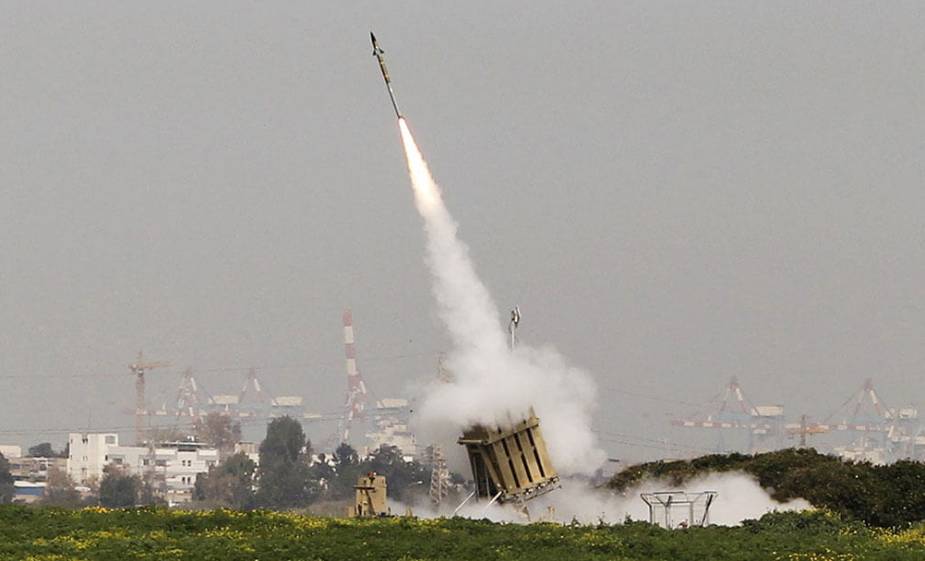Breaking news
Israel Defense Force to add batteries to Iron Dome air defense system.
According to i24 News, the Israeli Military Intelligence Directorate warns that hostilities remain high and could even lead to war, hence a need to reinforce the air defense network, among which the Iron Dome constitutes a master piece.
Follow Army Recognition on Google News at this link

Raytheon Missiles & Defense teams with Rafael Advanced Defense Systems to defend populated areas and critical assets with the Iron Dome Weapon System (Picture source: Raytheon)
Amid heightened regional security tensions largely mediatized for several weeks, the Israeli Defense Force (IDF) is bolstering air defense systems across the country and adding additional batteries to the Iron Dome to ensure residents’ safety in the event of an attack, i24 News reports. The Israeli Military Intelligence Directorate warns that hostilities will remain high and could even lead to war. In an intelligence report, the Directorate said the recent tensions in Jerusalem required an unusual response against Hamas in Gaza, Hezbollah in Lebanon, and other terror groups affiliated with Iran.
Iron Dome is an advanced air defense system developed by Israel's Rafael Advanced Defense Systems in collaboration with the Israeli Defense Forces (IDF). The system is designed to intercept and destroy short-range rockets and artillery shells fired from a range of up to 70 kilometers away.
The Iron Dome system consists of several components, including a radar system, a battle management and control unit, and a missile firing unit. The radar system is responsible for detecting incoming threats and tracking their trajectory, while the battle management and control unit determines the appropriate response to the threat and calculates the optimal intercept point. Each of the batteries can defend up to nearly 60 square miles.
When a threat is detected, the Iron Dome system launches a missile to intercept it. The missile is equipped with a highly advanced guidance system that can adjust its trajectory in real-time to ensure a successful interception. The missile is also designed to detonate in the proximity of the incoming threat, rather than making direct contact with it, in order to maximize its destructive impact. In other words, Iron Dome’s Tamir missile knocks down incoming threats launched from ranges of 4-70 km. Tamir missiles feature electro-optical sensors and steering fins with proximity fuze blast warheads. The majority of Tamir missile components are procured through the Raytheon Missiles & Defense supply chain in the United States.
One of the key features of the Iron Dome system is its ability to discriminate between incoming threats that pose a real danger and those that do not. This is achieved through a process called "sensor fusion," which involves combining data from multiple sensors to create a more accurate picture of the incoming threat. This helps to minimize the number of false alarms and reduce the overall cost of the system.
Since its deployment in 2011, the Iron Dome system has been highly effective at intercepting and destroying incoming threats. According to the Israeli Ministry of Defense, the system has a success rate of around 90%, making it one of the most effective air defense systems in the world. The system has been credited with saving countless lives and reducing the damage caused by rocket attacks in Israel.
Defense News April 2023


























